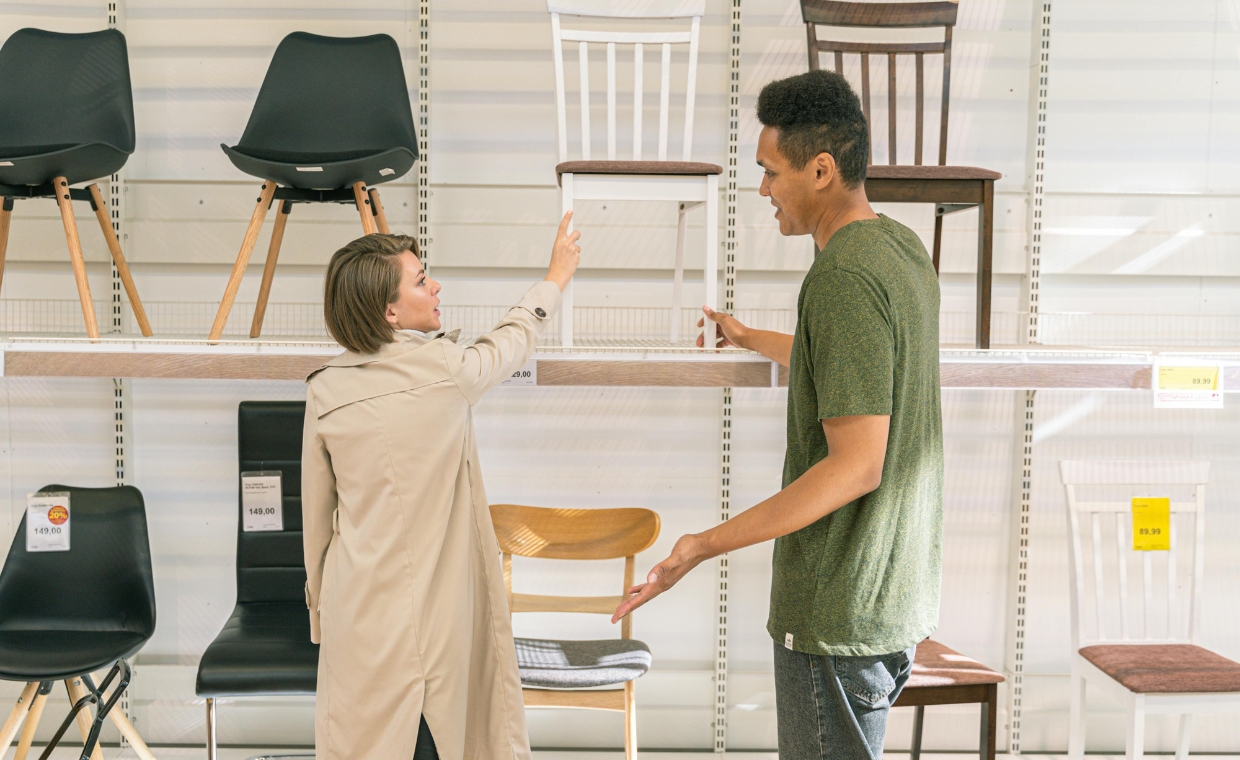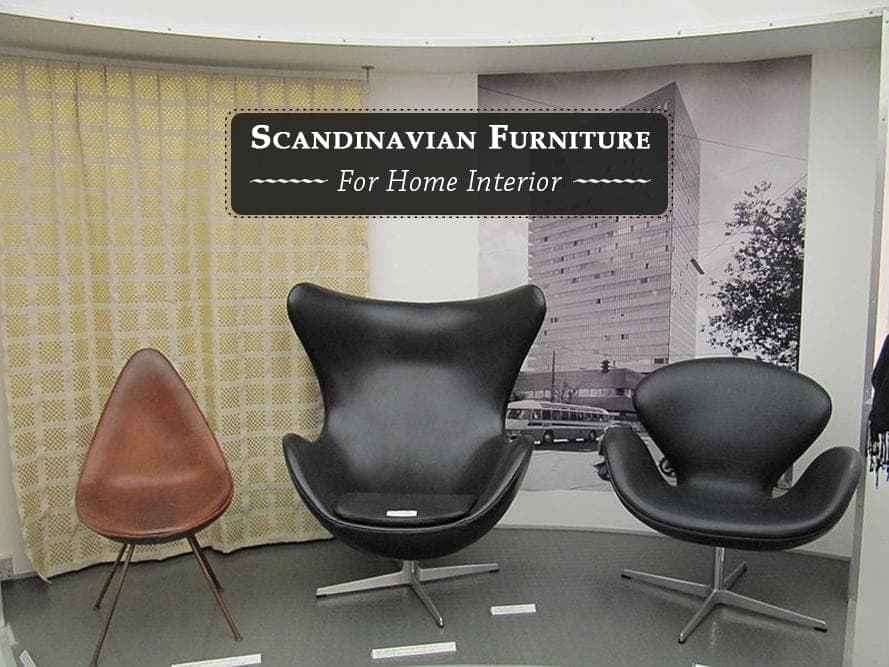
In the trending competitive world of designs, Scandinavian furniture has proved to be one of the most iconic and modern furniture. Scandinavian design is a design movement featuring simplicity, minimalism and functionality that emerged in the early 20th century. It has set its record for the last six decades in the international design. It then flourished in the 1950s, in five major countries including Denmark, Finland, Iceland, Norway and Sweden.
Major Countries for Scandinavian Furniture
01. Denmark
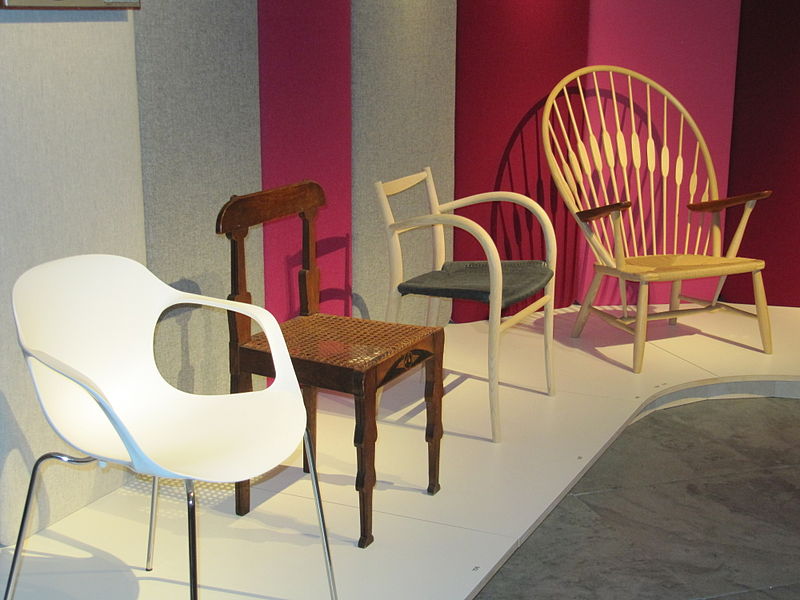
Danish design is a style of functionalistic design and architecture developed in the mid-20th century. The German Bauhaus school ( Modern Architecture) influences Danish furniture. Its late industrialization combined with a tradition of high-quality craftsmanship formed the basis of gradual progress towards industrial production.
02. Finland

Finnish design spans clothing, engineering design, furniture, glass, textiles and household products. Finland is wholly submissive to the natural world, and Finnish design reflects its talent for its graceful integration of nature’s design into their everyday life.
03. Iceland
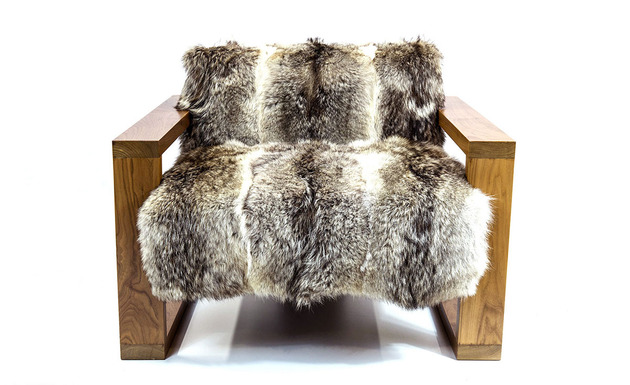
Icelandic Design is a relatively young tradition, starting in the 1950s, but not growing rapidly. The limited manufacturing options and material choice constraints have now forced the designers to be innovative.
04. Norway

Norwegian design has a strong minimalistic aesthetic design which includes lamps and furniture. The major qualities include durability, longevity, beauty, simplicity and natural forms. It is characterized by white walls, neutral-colored furniture and minimalistic décor. Norwegian design mainly emphasizes on functionality.
05. Sweden
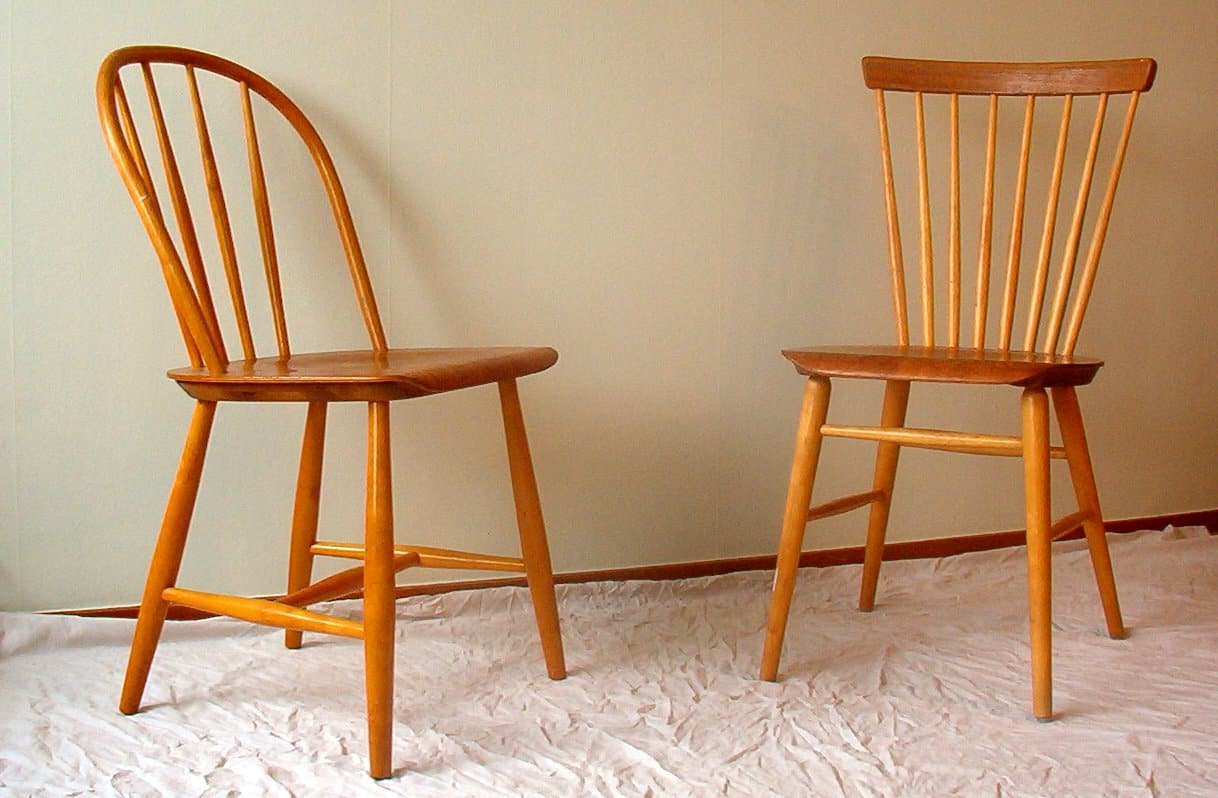
Swedish design is considered as a minimalistic design, emphasized on clean simple lines. This has always been a trend there. This is applied to furniture too. Sweden is even known for its traditional crafts.
Scandinavian furniture relates to the style of furniture that initiated in the Scandinavian countries of Europe. This contemporary furniture and modern style of furniture includes strong woods contrasted with smooth lines and gentle curves. Although stylish, the furniture is made by skilled craftsmen and from high-quality materials for a real functional use. The chair in these European countries is called stol. The Scandinavian furniture style can be incorporated in all the rooms of the house including bedroom, living room, dining room, office, and so on. The accents in classic Scandi style brings in the natural motifs in design while keeping the modern look in mind.
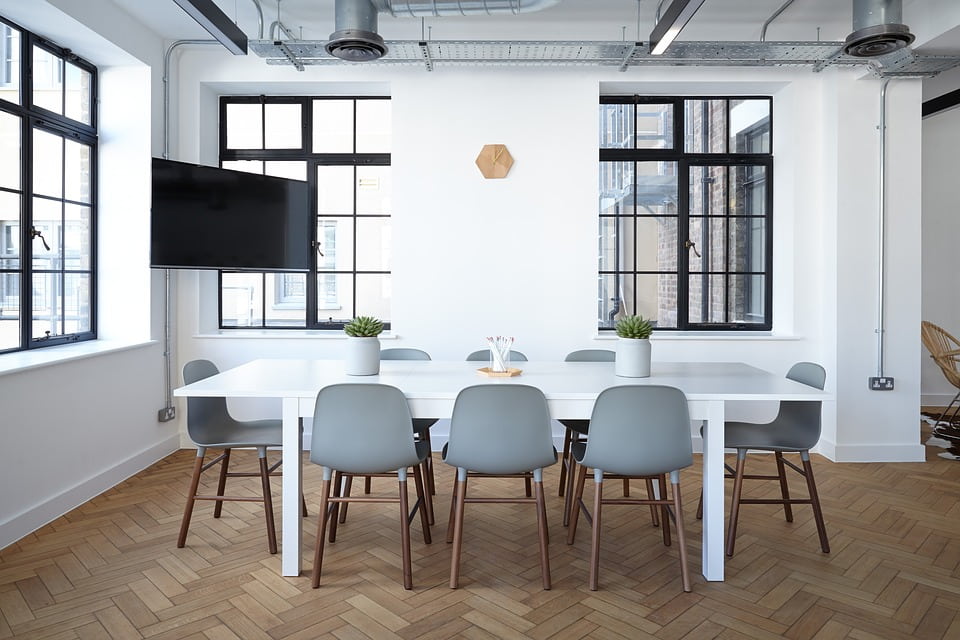
Scandinavian design has captured the hearts and eyes of décor lovers around the globe. European Nordic countries always had a strong sense of style and appreciation for home décor and aesthetics. Many Scandinavian designers in the 50s truly made a name for themselves on an international scale.
The designers’ love for clean lines, organic textures, and minimal shapes made waves on the mid-century design scene such that many of the Scandinavian designs of its time are still present in homes today. They are the most recognized furniture designers throughout the world. Nordic furniture and its craftsmanship from Denmark, major Scandinavia and Northern Europe provide the finest contemporary furniture that can be built for your homes.
Architect Ame Jacobsen was one of the most prominent Scandinavian modernist designers of his time. His plywood Ant Chair sold in millions, which was influenced by Mies van der Rohe and Charles and Ray Eames. Many of his Scandinavian chairs and lighting designs are still sold today.
His Best-Known Work: The Egg Chair and the Swan Chair
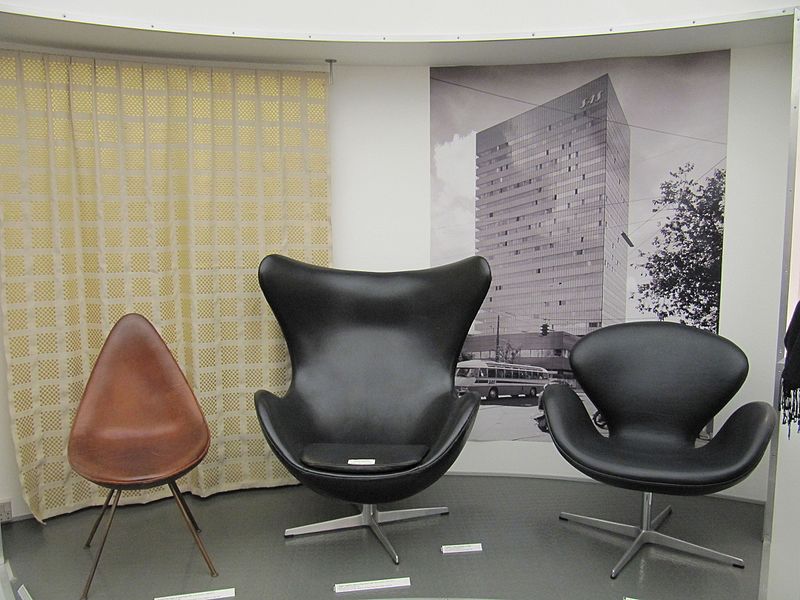
Finn Juhl, one of the most influential modernist designers of his time, is credited for introducing Danish design to America. His iconic and sensual shapes of designs have earned many awards. His Baker sofa won the best Reissue in 2010 at the Wallpaper Design Awards. His home was turned into a museum that can be still visited near Copenhagen.
Best-Known Work: The Chieftains Chair
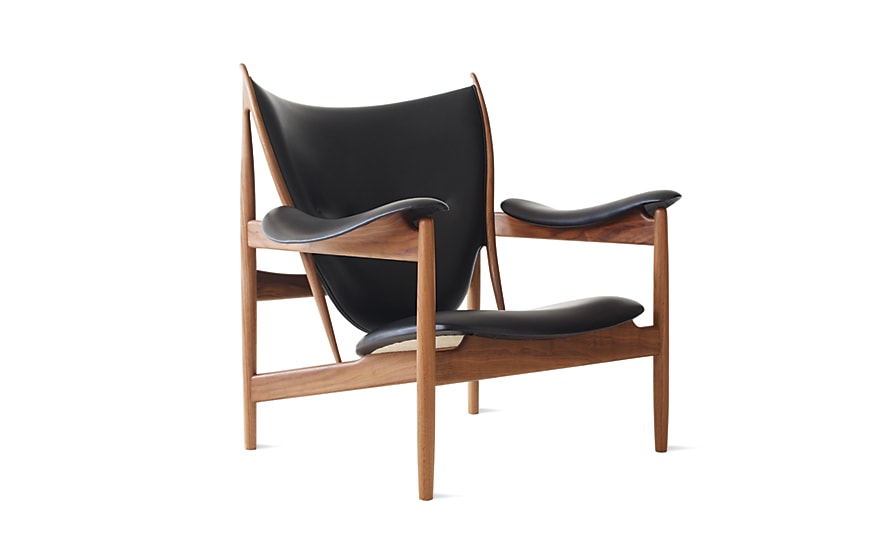
Neil’s Otto Moller’s furniture speaks only about his uncompromising craftsmanship. Each design took him five years to complete, making his collections even more coveted and close to perfection. This might explain why his dining chairs are still found in homes throughout the world today.
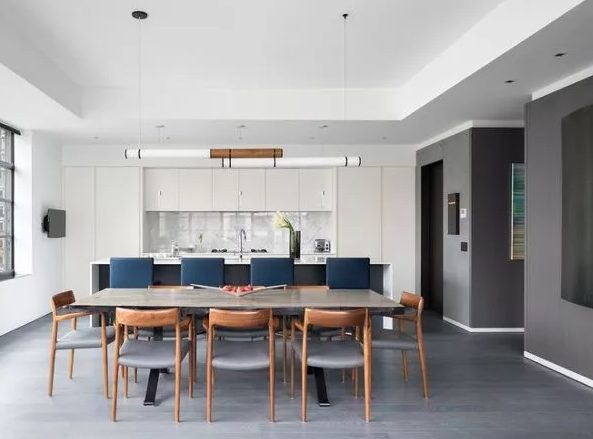
Best-Known Work: The Moller dining chairs
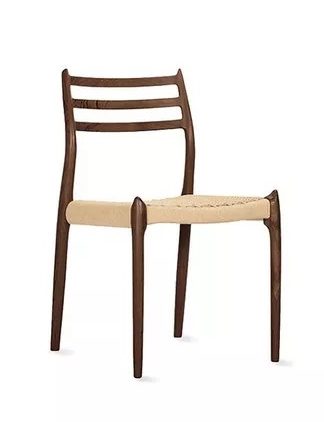
He discovered Verner Panton in his teens while researching for a light-up coffee table passed on from his grandmother. Panton (not to be confused with Pantone), a trainee under Arne Jacobsen, well- known for fluid futuristic shapes and the use of plastic in bright vibrant colors.
Best-Known Work: The Panton Chair

Scandinavian Design
There are several key factors that unite the Scandinavian approach to design. They have their origin in the characteristics of the Nordic environment. The northern European countries are characterized by dark, cold and snow- covered for long months of the year, with brief, intense light-filled summer. Important areas are mountainous and heavily forested. Therefore, it is not surprising that many Scandinavian designs have been inspired in some sense by organic forms, materials or natural patterning. This makes the Scandi style more appealing.
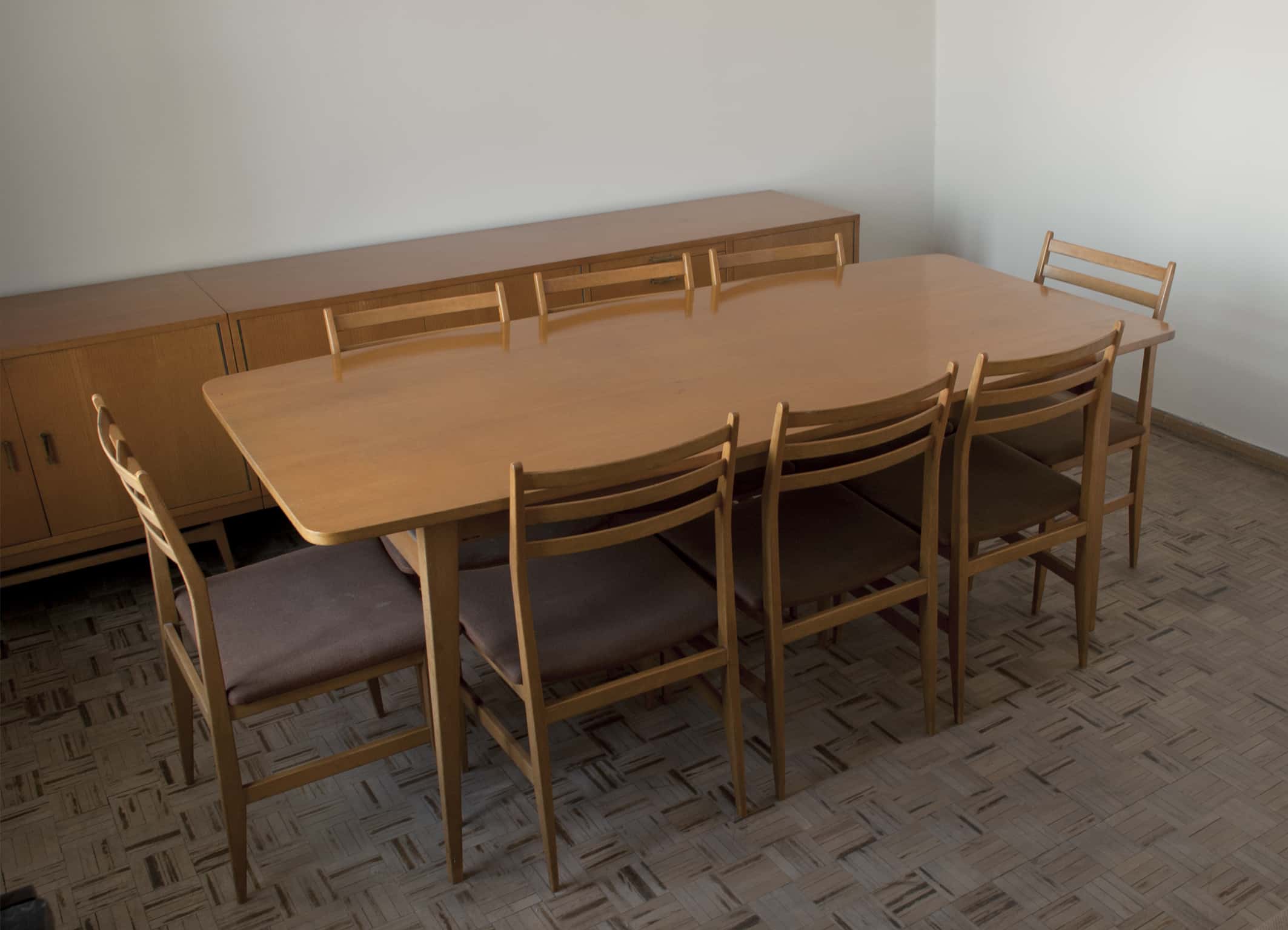
To strive such inhospitable conditions, Scandinavians developed a strong practical bent making the major use out of limited resources and delivers a workable solution with the optimal economy. Before the modernist credo “form follows function” was ever coined, the useful everyday Scandinavian objects displayed such a conviction.
The traditional craft skills are still alive due to the fact that industrialization arrived late in the region. The practicality and resourcefulness give clarity to the Scandinavian design. Its living craft tradition root design process in the material world and individual artistic imagination.
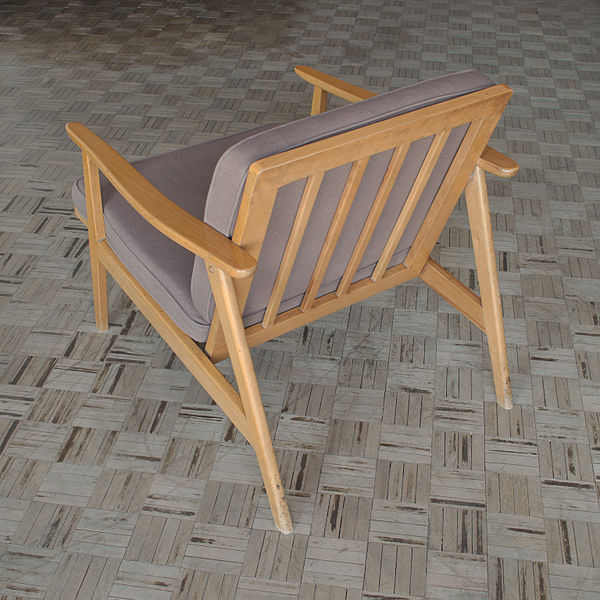
During the long months of darkness, Scandinavian homes had to offer psychological warmth as well as physical shelter and the notion of domestic cheer is embedded in the Scandinavian approach to design. Emotional warmth is never designed out of the picture, as it can be in the most austere reaches of the industrial-inspired Bauhaus aesthetic. That warmth may be expressed in the form of color, pattern, and texture or inorganic form, but there is always a human quality to Scandinavian design, even at its most futuristic.
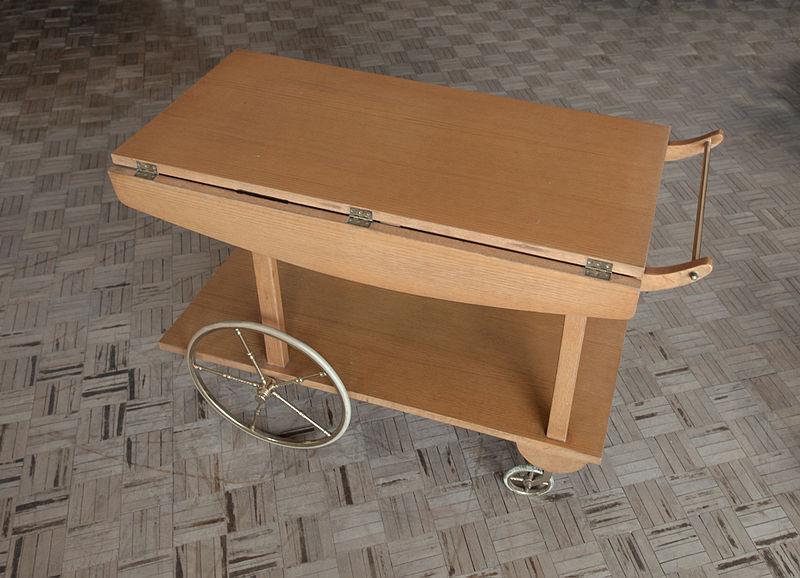
There is also an important moral dimension, which has to do with the political and civic climate rather than the physical one. The prevailing ethos in the Scandinavia has long been socially inclusive, liberal and tolerant. This has led to sharing the conviction that it is the role of design to improve life for everyone. As a consequence, well-made and straightforward products have been preferred over the noticeable consumption of the status symbols.

The Scandinavian sofa was manufactured in 1950s in Sweden. Swedish design is a unique expression of the modern furnishings of that time.
The Scandinavian décor focuses on simplicity, functionality and minimalism. There is a particular color palette which is linked to Scandinavian décor which includes the hues of greys, whites, browns and blacks. It follows the quote, “less is more” to keep the space relaxing and free from chaos. Laminate white colored flooring is the best suited for Scandinavian interiors. It is often inspired from nature, that combines natural shapes, abstraction, and the use of natural elements. The recent trends include Scandinavian style which combines the use of metallic finishes with wooden elements. Nordic furniture and its craftsmanship from Denmark, major Scandinavia and Northern Europe provide the finest contemporary furniture built for homes.
Also Read:
3D Wallpaper Décor That Add Depth to Your Tiny Room!
Excellent Foyer Decor Tips & Its Basics




























